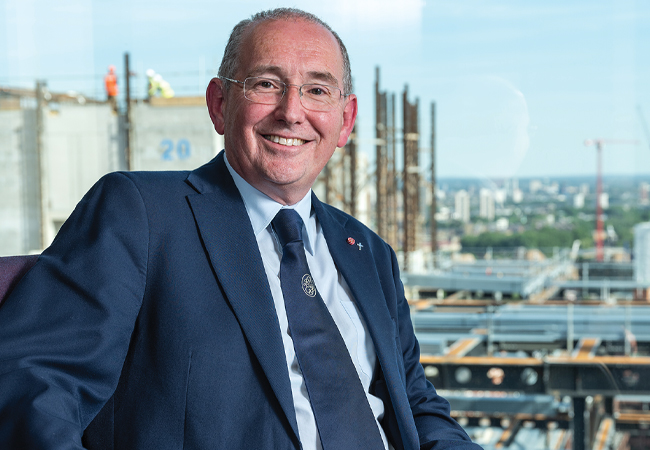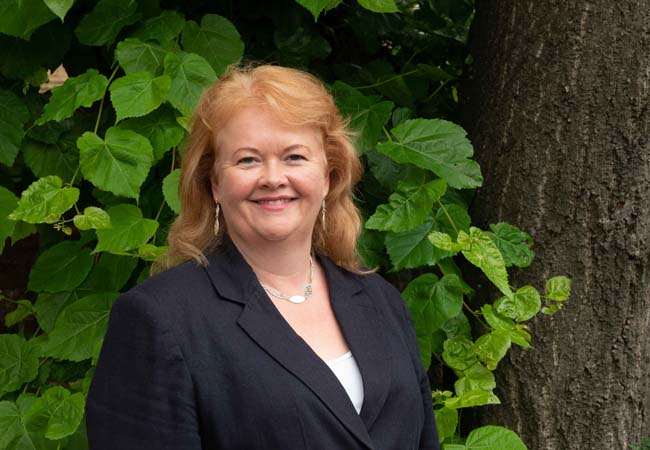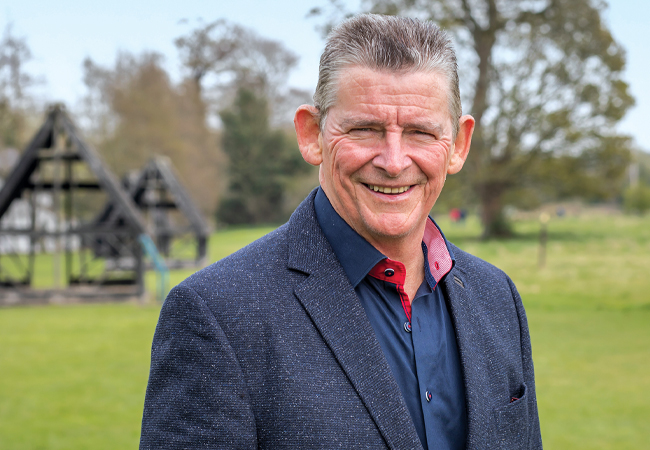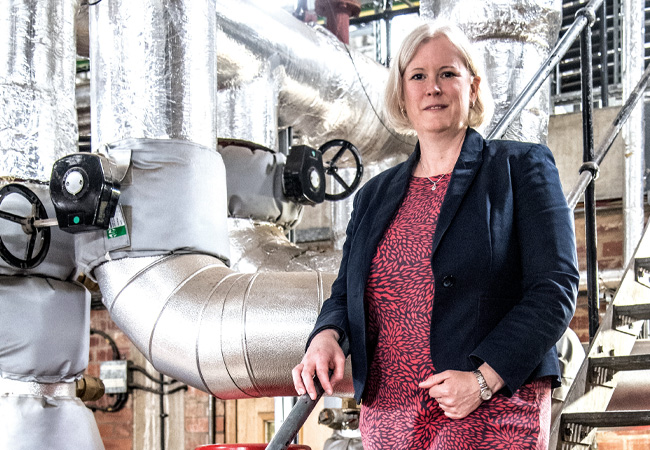
Credit: Simon Weir
Ant Wilson’s career has been remarkable. Dubbed ‘Mr Building Services’ by past CIBSE President George Adams, he has carried out groundbreaking research in multiple disciplines during his four decades in the industry.
Wilson has helped produce industry-leading guidance on building modelling, façade engineering, lighting, and carbon reduction, and oversaw changes to the Building Regulations that mandated much more sustainable design in new and refurbished buildings. He was also one of the first people to realise the potential of digitisation in building design, after he was asked to do a software validation exercise three months into his first job at Oscar Faber.
‘I realised that what was being done by hand could all be done by software. I came to the conclusion that this was where the real engineering was,’ says Wilson, who spent a large part of his early career developing design software that forms the backbone of simulations still used today – such as IES’s thermal modelling software, which was originally developed by Oscar Faber.
Wilson has always been keen to share research knowledge with the wider industry. He has worked extensively with institutions and societies such as CIBSE, BSRIA and the BCO, and mentored and encouraged young people to develop a career in building services. His work has been honoured by his peers and beyond; highlights include a CIBSE Silver Medal, awarded in 2007, an Aecom fellowship, and an MBE for services to engineering. In 2015, he was elected a Fellow of the Royal Academy of Engineering.
There’s far more psychology in building services and things aren’t as straightforward as they are in structures
Interviewed shortly before his retirement party at Aecom’s UK headquarters in the City of London, Wilson reflected on more than 40 years at Oscar Faber and Aecom (the former was aquired by Aecom in 2001, and had a period of trading under the name Faber Maunsell).
‘I joined Oscar Faber because they were really ahead of everyone. They were pioneering 3D clash-detection software in the 1970s,’ says Wilson. ‘Oscar Faber let me follow up my interests. I’ve had such good people who have inspired me ethically and technically.
‘I’ve worked with five former CIBSE presidents, and people such as Doug Oughton [co-author, with Wilson, of the 11th edition of the definitive text for the industry, Faber and Kell’s Heating and Air Conditioning of Buildings]. When Steve Irving took me under his wing [at Faber Computer Operations], I really appreciated that. All my bosses have encouraged me and helped me understand the importance of what I’m doing, and I’ve tried to do the same for others.’
Formative years
Wilson joined Oscar Faber in 1979, after completing a building technology degree at the combined School of Architecture & Building Engineering at Bath University. The four-year course allowed him to study all the building engineering disciplines and, although he didn’t intend to study building services, he was attracted by how it was influenced by human behaviour. ‘There’s far more psychology in building services and things aren’t as straightforward as they are in structures. I found the people side really interesting. It excited me.’
The opportunity to spend two hours a week learning about acoustics and lighting also appealed to Wilson. He was a fan of prog-rock bands and was fascinated by their extravagant live performances that made the most of cutting-edge sound and light technology.
‘I was a Yes man and they had their own artistic designer, Roger Dean, who did all the stage sets. The shows were a very visual experience and the band was the first to have a proper PA system,’ says Wilson. ‘I never realised there was a subject where you could study acoustics and lighting. I was into bands at school, and into lighting rigs and PA systems – so to go to university and work in an anechoic chamber measuring sounds was great. I find lighting really exciting. I can’t draw, so it was an area in which I found I could be creative.’
Wilson’s first job at Oscar Faber was as a public health engineer, but when Faber Computer Operations needed a graduate to validate a software programme written to analyse smoke movement in a care home, he jumped at the chance.
He had to compare the model with the smoke movement in an actual fire, and the results of his work still resonate today. ‘What I learned was that no-one would have selected the parameters that could have predicted real-life conditions,’ he says.
‘Test data in lab conditions is always perfect. In reality, the building is nowhere near as good. Nobody is going to get it right in reality. You don’t know all the parameters and we assume things are similar when they’re not necessarily.’
Wilson is not anti-modelling, but wants people to understand you have to design robust buildings. ‘You have to be realistic and understand building physics. If you don’t know the answer, make sensible assumptions, and use wide prediction bands, such as those in TM54 [Evaluating Operational Energy Performance of Buildings at the Design Stage.]’
Digital pioneer
His computer skills landed him a role as software expert at Oscar Faber’s lighting team. He programmed lighting controls to achieve daylight savings, which was unique at the time and led him – aged 24 – to give a talk at the Royal Institution. Around the same time, Wilson became the company’s youngest principal engineer.
His understanding of computer software for lighting design resulted in Wilson helping CIBSE to create a standard file format for the transfer of data for luminaires (published as TM14 in 1988). This was followed by work on the CIBSE Lighting Guide for five years, with Lou Bedocs at Thorn Lighting and Ted Glenny at Philips Lighting. Working on CIBSE guides encourages collaboration, says Wilson.
‘You get manufacturers, contractors and consultants working for the common good. It’s not about trying to nail someone financially – it’s about knowledge sharing.’
Oscar Faber had a reputation for innovation and invested heavily in state-of-the-art equipment, including – in 1984 – a 21in colour monitor, which cost £25,000. Such technology allowed Oscar Faber to carry out paid government research and, in the mid-1990s, it won the contract to update the Building Regulation governing energy use.
Wilson then worked on façade guidance because his team knew better software would be required to design airtight façades to meet the tougher energy efficiency requirements in Approved Document Part L.
‘Our work wasn’t research for research’s sake; we spent half our time on R&D and half on real projects. It was about improving buildings and making them more comfortable,’ says Wilson, who is a very engaging orator – or, in his words, a ‘waffle merchant’. ‘I’ve always been able to communicate with a vast array of people. Most of the leaders in building services are 5% engineers and 95% explainers and team workers. I thrive on people.’
Wilson may have retired, but his drive to promote the industry and its professions means he will be inspiring new generations of engineers for years to come.






